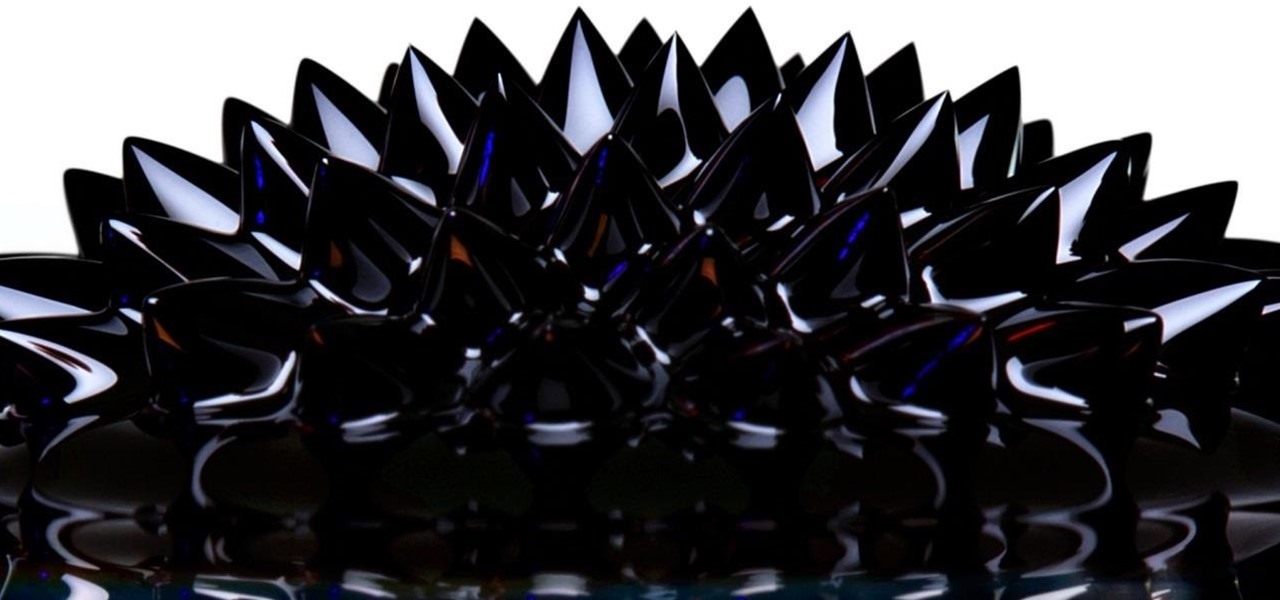
That is the central question of this MAMI project! With its promise of handling sub-nanoliter quantities of reagents in complex sequences, microfluidics has tremendous potential for chemical analysis and materials discovery. It has attracted numerous scientists with different backgrounds to the field[1], but serious difficulties persist. Approaches for flow control mainly rely on pressure gradients generated by external pumps, where the presence of confining walls or substrates greatly limits achievable flow-rates, and demands large imposed pressures. Non-slip boundaries lead to Taylor dispersion that hinders exact delivery and dosing of solutions. Fouling at the walls of the channels, unacceptable for certain analyses such as blood, is a persistent problem. Lastly, efficient mixing of microscale flows remains challenging at low Reynolds numbers[2]. Removing the wall between the fluid channels and surrounding solid medium, or ‘microfluidics without walls’, is an attractive idea to overcome these problems. Liquid-in-air and liquid-in-liquid confinement are solutions combining hydrophobic coatings[3], electrowetting1, and surface tension pinning of fluids in complex 3D geometries[4]. However, the invasive nature of the necessary electric fields, their harmful effect on cell vitality[5] in biological applications, along with technical complications in device fabrication[6] and persistent reliability, speed and clogging issues, have inhibited widespread adoption of these approaches.
Nature avoids many of these limitations through locally induced flows driven by assemblies of “pumps” on the walls of the fluidic system. It is a ubiquitous and essential solution in living systems, as whenever the length scales exceed a few microns, the time scales for diffusive transport tend to become prohibitively long. Not only does active flow beat diffusion, it also allows for directed transport and timed delivery of cargo[7]. Most eukaryotic cells are coated by hair-like cilia, 1–15 μm long flexible rods that act as both sensors and actuators of local fluid flows[8]. One prominent example is the carpet of ciliated cells in the lining of human lungs and trachea that sweep mucus and dirt out of the airways to prevent infections[9]; similar structures are present in almost all organs of the human body.[10] Without such fluid flows, life as we know it could not exist.
MaMi will take a novel approach to the problems of bulk and locally-driven flow. We aim to exploit magnetic forces in micro-hydrodynamics to achieve liquid-in-liquid confinement and locally-driven flows, thereby overcoming the limitations of conventional micro-scale transport in fluids. To this end, magnetics offer unique advantages: most materials are transparent to magnetic fields, permitting precise targeting of magnetic micromachines and interfaces, the scalability of magnetic dipole fields favours miniaturization[11], and the huge range of time scales available allow ultrafast switching (< 10-10 s) or millennial stability (> 1010 s).
[1] N. Blow, Nat. Methods, 4 (2007), 665–70. [2] R. Mukhopadhyay, Anal. Chem., 77 (2005), 429–A–432 A. [3] A. Banerjee et al., Lab Chip, 12 (2012), 758.[4] W.C. Lee, Y.J. Heo and S. Takeuchi, Appl. Phys. Lett., 101 (2012), 114108. [5] J. Voldman, Annu. Rev. Biomed. Eng., 8 (2006), 425–54. [6] K. Choi et al., Annu. Rev. Anal. Chem. (Palo Alto. Calif)., 5 (2012), 413–40 [7] R. Faubel et al., Science, 353 (2016). [8] D. Babu and S. Roy, Open Biol., 3 (2013), 130052. [9] J.M.J. den Toonder and P.R. Onck, Trends Biotechnol., 31 (2013), 85–91. [10] I. Ibañez-Tallon, N. Heintz and H. Omran, Hum. Mol. Genet., 12 (2003), R27–35. [11] A. Cebers and K. Erglis, Adv. Funct. Mater., 26 (2016), 3783–95.